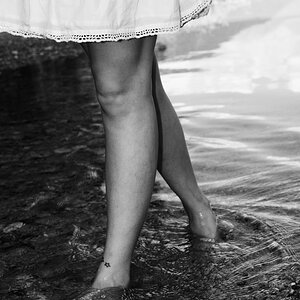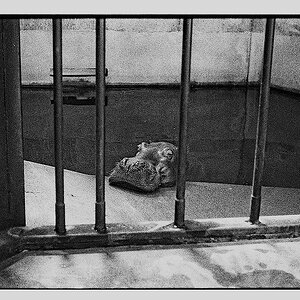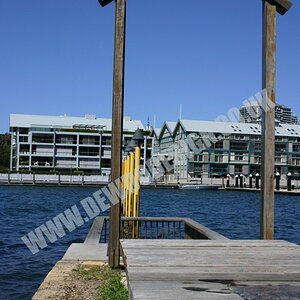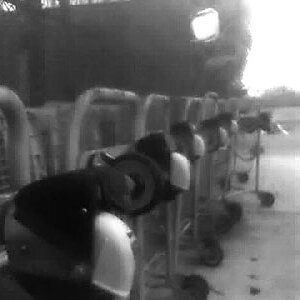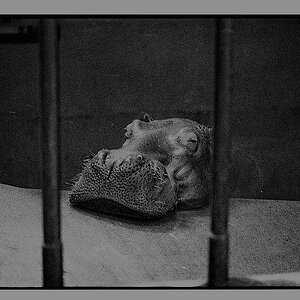chammer
TPF Noob!
- Joined
- Jul 30, 2009
- Messages
- 640
- Reaction score
- 5
- Location
- Virginia Beach, VA
- Can others edit my Photos
- Photos OK to edit
thank you very much, plato! so if im getting it correctly, even though i cant see these little circles that are depolarizing the light...they are angled in some direction and rotating the filter is changing the direction of these and thus increasing or decreasing the depolarized effect?






